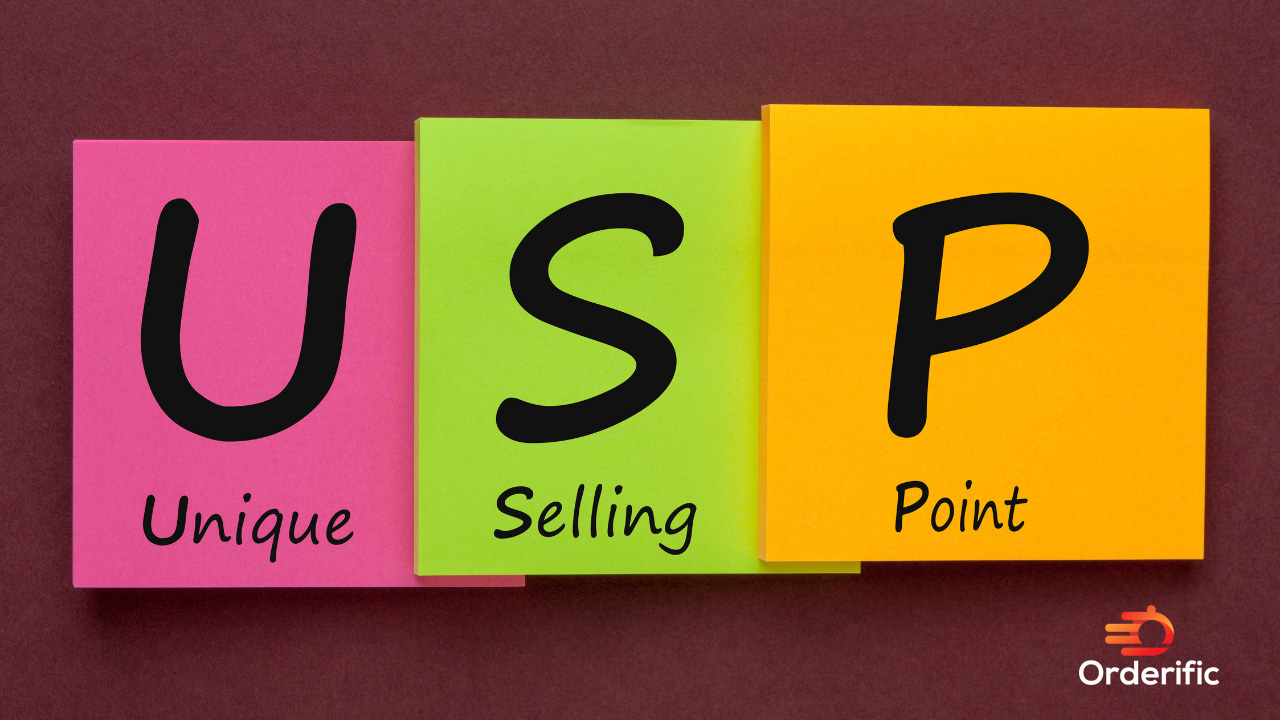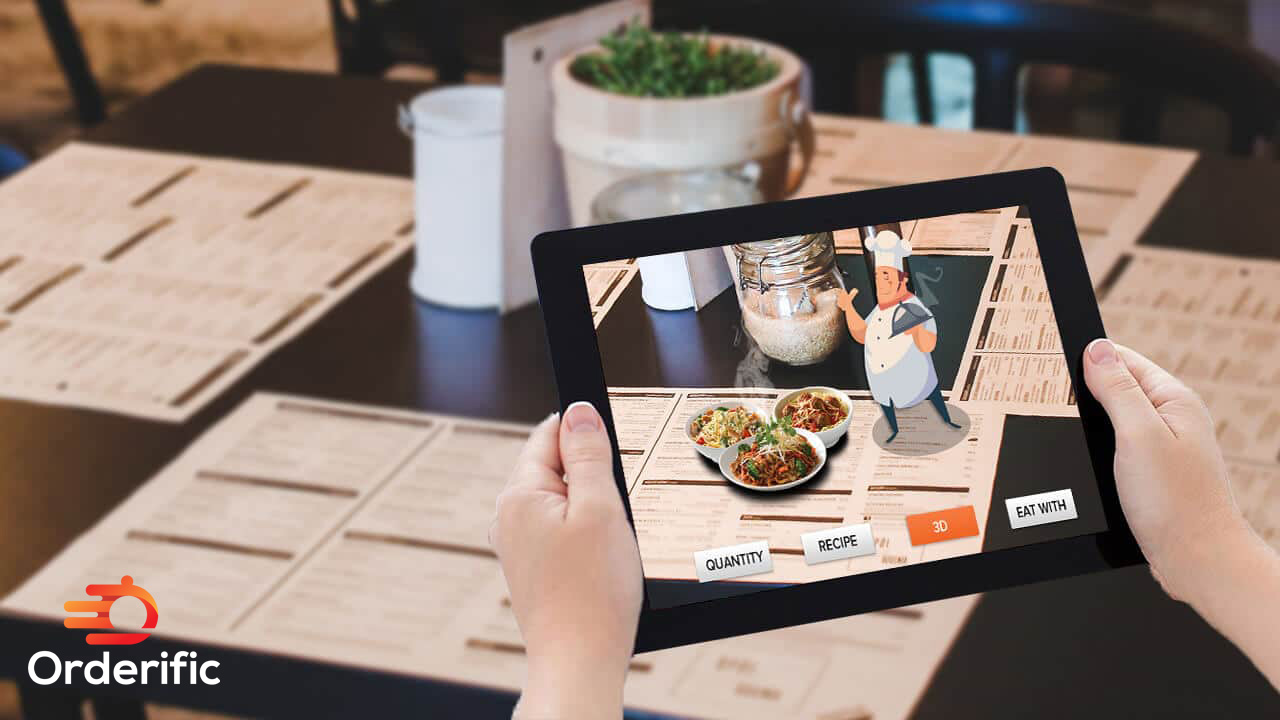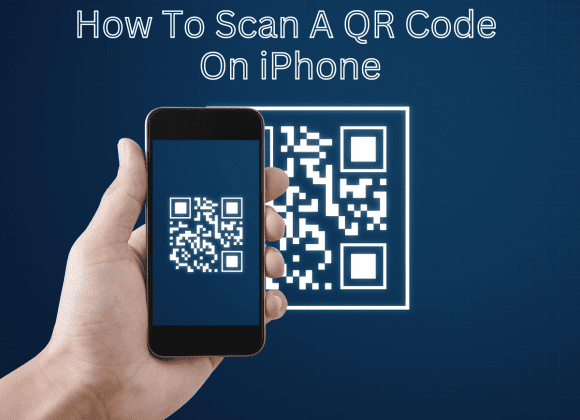Introduction
In the booming restaurant industry of the United States, the importance of efficient table management can’t be overstated. With advancements in digital technology, restaurants are no longer limited to pen and paper for managing their floor plans. The introduction of restaurant table management software has revolutionized restaurant operations, transforming the diner’s experience right from the moment they make digital table management.
This means no more hustling waiters, puzzled faces over table allocations, or long wait times for guests. Instead, you give your customers an engaging, seamless experience. Moreover, these systems go beyond the dining room. With features like digital menus and relevant advertisements, you can elevate the customer experience, leading to repeat visits. They also provide analytics, giving you the insight you need to keep improving your guest experience and customer service.
What Is A Digital Table Management System?
A Digital Table Management System is an advanced solution that leverages digital technology to optimize the organization and operation of restaurants. It serves as a vital tool for restaurant owners in the United States and beyond, helping them manage reservations, seating, and waitlists efficiently.
The system’s enhanced functionality provides a wide range of features, including the ability to customize floor plans and table types according to preferences, ensuring optimal space utilization and customer service. Furthermore, with an integrated restaurant POS (Point of Sale) system, the payment process becomes seamless, greatly enhancing the customer experience and satisfaction.
The digital table management system uses artificial intelligence to manage the restaurant’s inventory, bookings, and even cookies preferences through a privacy preference center. Digital menus that adapt to customer preferences and the restaurant’s inventory are another unique feature, providing guests with a more personalized dining experience. The system’s analytics provide valuable insights that can be leveraged to improve restaurant operations and customer engagement.
Additionally, the system helps manage waiters, ensuring they’re always at the right table at the right time, minimizing wait times and improving the dining room’s efficiency. Relevant advertisements can also be incorporated, turning the system into a powerful tool for marketers.
In the highly competitive restaurant industry, it’s essential to stay ahead of the game. Using a comprehensive restaurant table management software can significantly improve customer engagement and lead to repeat visits, reaffirming its importance for restaurant owners.
Features Of Restaurant Table Management Systems
Reservation Management
One of the most crucial features of a restaurant table management system is reservation management. This feature allows restaurants to manage their reservations efficiently, eliminating the risk of overbooking or underbooking. Furthermore, it offers the possibility for customers to make reservations online at their convenience, improving their overall dining experience. The system can also send automated reminders to customers about their upcoming reservation, reducing the chance of no-shows. With the reservation management feature, restaurants can ensure better customer satisfaction, streamline their operations, and maximize their efficiency.
Table Management
Table management is another core feature of a digital table management system. It involves strategically assigning guests to tables, ensuring optimal space utilization and minimizing wait times. The system’s digital floor plan allows restaurant staff to visualize the seating arrangement and adjust it in real-time, based on current reservations and walk-in customers. This feature is crucial in maintaining customer satisfaction as it ensures a smooth dining experience without unnecessary delays. It also aids in handling special requests from guests, like preferred seating, further enhancing the customer experience. By efficiently managing their tables, restaurants can serve more customers and increase their overall revenue.
Reporting And Analytics
In this digital era, data is power. A comprehensive restaurant table management system provides valuable reporting and analytics features. These tools help restaurant owners monitor their performance by providing critical metrics such as table turnover rates, average wait times, and customer preferences. With these insights, you can make informed decisions to optimize operations, enhance customer satisfaction, and improve overall profitability. Whether you want to identify peak hours, understand the popularity of various dishes, or analyze the effectiveness of special promotions, this feature of a table management system becomes your go-to tool. It turns raw data into actionable intelligence, empowering you to manage your restaurant smartly and efficiently.
Waitlist Management
Waitlist management is a pivotal feature of a restaurant table management system, ensuring that diners are efficiently and fairly served, even during peak hours. This system provides a simple and quick method for guests to join the waitlist, reducing the hassle of standing in a queue. It also offers real-time updates about the wait time, making the waiting process transparent and manageable. Additionally, it sends notifications when the table is ready, enhancing the dining experience by significantly cutting down the waiting time. This feature not only improves the restaurant’s service efficiency but also enhances customer satisfaction, leading to a loyal customer base and increased repeat business.
Reporting And Analytics
An essential feature of a modern restaurant table management system is payment handling. This functionality simplifies the checkout process by integrating digital payments directly into the system. In this era of digital wallets and online transactions, customers appreciate the ability to pay their bills quickly and conveniently, without waiting for a server to bring the check. This feature not only enhances the customer’s dining experience but also improves the restaurant’s operational efficiency by speeding up table turnovers and reducing the time spent on manual payment processing. By implementing a table management system with integrated payment handling, restaurants can provide a seamless end-to-end dining experience, from reservation to payment, thereby significantly boosting customer satisfaction and loyalty.
Benefits Of Digital Table Management Systems For Restaurants

Better Customer Experience
In the digital age, customer expectations for a seamless dining experience have soared. A digital table management system plays a pivotal role in meeting these expectations. By providing features like online reservations, real-time table availability, personalized digital menus, and quick, hassle-free payments, these systems significantly enhance customers’ dining experience. Moreover, the ability to handle special seating requests and provide accurate wait time estimates ensures that diners feel valued and cared for. This, in turn, fosters customer loyalty and encourages repeat business, crucial in the competitive restaurant industry. Therefore, investing in a digital table management system is not just about improving operational efficiency; it’s about elevating the customer experience and securing your restaurant’s success in the long run.
Improved Data Insights
Enhanced data insights rank among the top benefits of employing a digital table management system in a restaurant setup. With these systems, restaurants can gather data on diverse aspects of their operations, including table turnover rates, peak operational hours, and popular menu items. These insights are invaluable as they drive informed decision-making, helping restaurant owners refine their strategies for improved efficiency and profitability. These systems turn the wealth of data generated through daily operations into actionable intelligence, equipping restaurateurs with the knowledge they need to maximize their success.
Increased Revenue
A robust digital table management system can substantially boost a restaurant’s revenue. By efficiently managing reservations and table turnover, the system allows you to serve an increased number of customers without compromising on service quality. The incorporation of digital payments speeds up the checkout process, further enhancing table turnover and revenue. Additionally, the data insights provided by the system can help identify profitable trends or areas for improvement, enabling strategic decision-making to maximize earnings. In short, an efficient table management system is not just a tool to improve service; it’s a powerful ally in driving your restaurant’s financial growth.
Improved Efficiency
Digital table management systems are transforming restaurant operations by increasing efficiency, improving the customer experience, and boosting revenues. These advanced solutions optimize reservations, seating, and waitlists, and integrate tools like digital menus and payment handling for a seamless dining experience. Crucial features of these systems include reservation and waitlist management, table organization, reporting and analytics, and digital payments. By providing real-time data insights, these systems empower restaurant owners to make informed decisions to enhance their service, customer engagement, and profitability. In essence, digital table management systems are an indispensable tool in today’s digital age, elevating the restaurant experience for both diners and owners.
Conclusion
In conclusion, the advent of digital table management systems has transformed the way restaurants operate, ensuring efficiency, enhancing customer satisfaction, and driving increased revenue. These systems harmonize every aspect of restaurant operations, from reservations and seating, to payment handling, providing a seamless dining experience that keeps customers coming back. Insightful data from these systems empowers restaurant owners to make informed decisions that boost service and profitability. In the digital age, a robust table management system is no longer optional but a necessity for success in the evolving restaurant industry.
At Orderific, we understand the challenges restaurants face in today’s digital age. To see how Orderific can help you streamline your operations, improve customer satisfaction, and boost your revenue, book a demo with us today. We’re here to support your restaurant’s growth in the digital age.
FAQs
What is an online reservation system restaurant?
An online reservation system allows customers to book tables at a restaurant via the internet.
What is the best POS for quick-service restaurants?
The best POS for quick-service restaurants is one that is efficient, easy to use, and integrates with other systems like online ordering and table management.
How can we find software for restaurant management?
Software for restaurant management can be found by researching and comparing options online.
How to decide which restaurant management software to buy?
Evaluate features, customer reviews, price, and compatibility with your restaurant’s needs.













